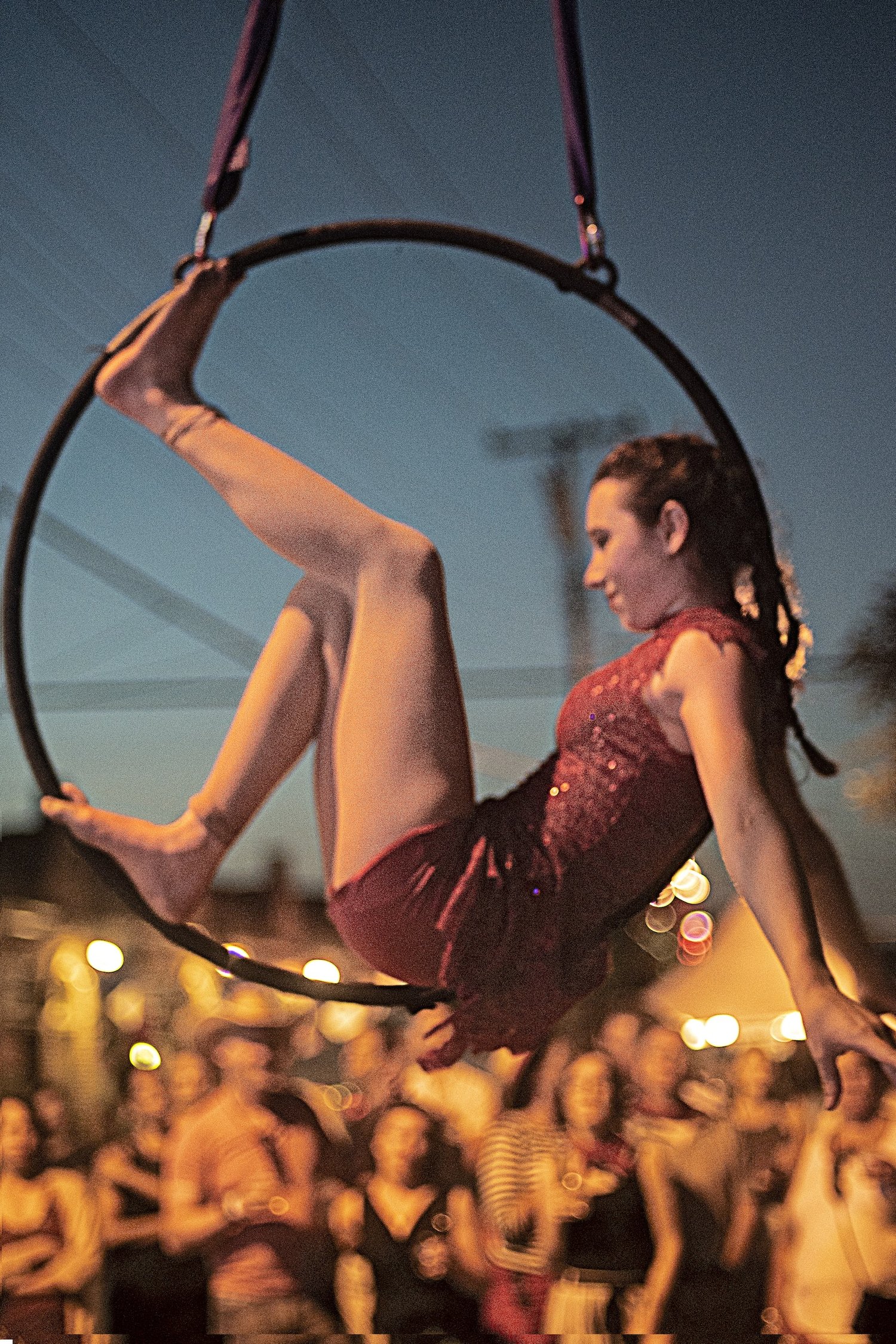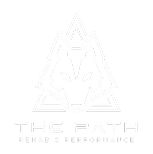3 Reasons Why Artistic Athletes Should Deadlift

Yes, you read that correctly! Today we will be discussing why deadlifts should be routine in your cross-training regimen, especially if you are an artistic athlete.
As an artistic athlete you require your body to be able to perform at a high level so you can have the creative freedom to express yourself. Whether you are a dancer, aerialist, or gymnast, there is a delicate balance between strength, power, and flexibility that you must achieve in your sport. The deadlift, and its variations, can help you easily find that balance.
First let’s break down what a deadlift actually is and how it is performed. The deadlift is primarily a hip hinging movement, meaning you are moving more through your hips than your knees. When performing a deadlift, you pick up weight from the ground, lift it to hip level, and then put it back down. Although there are form techniques to make the movement more efficient, it really is that simple!
Now that we’ve briefly explained what the deadlift is, let’s discuss 3 reasons why you should incorporate deadlifts into your cross-training routine.
Improve Performance
Deadlifts are an excellent and efficient way to improve the strength and explosiveness of your hamstrings, glutes, and muscles of your back. These areas of the body are incredibly important for movements requiring strong hip and back extension. Think about how much you use these muscles when performing freezes in breakdancing, any acro/tumbling skills, back balances or back dives in silks, and even moves like janeiro for pole artists. Incorporating deadlifts into your routine can dramatically increase your overall capacity for load, meaning these moves will be easier for you to perform and will feel less taxing to your body.
Increase Flexibility and Mobility
Believe it or not deadlifts can help improve your flexibility too! Performing variations like stiff leg deadlifts or deficit deadlift allows you to move throughout a greater range of motion and puts the hamstrings and glutes in a more stretched position. By doing this you are now loading those muscles while lengthening them, which will not only be more effective in providing lasting flexibility and mobility gains, but also helps improve your strength at end range. As an artistic athlete, strength at your end range is incredibly useful for improving your active flexibility when performing moves like penché, loop splits in silks, jade and allegro in pole, split leaps, etc.
Build Confidence
Last, but definitely not least, deadlifts can dramatically improve your confidence! Most artistic athletes will be surprised by how much they can deadlift once they understand and feel more comfortable performing the movement. Imagine being able to lift 50, 100, maybe even 150 pounds with ease when you thought it was not possible… that’s pretty empowering right? A big reason why I love deadlifts so much is that they are a great tool to show yourself how powerful your body really is and its potential to get even better. When you are proud and confident in the ability of your body, what will it look like when you take that confidence to your classes? What skills that you were once nervous to attempt will you be excited to train knowing that you now have the capacity to do it successfully? How will this new and improved confidence carry over to your performances? Confidence in yourself and in your body is a powerful thing.
If you’ve gotten this far, hopefully I was successful in convincing you to start deadlifting. If you are not sure where to start, or are dealing with pain and injury, click here to schedule a Discover Call with us today!
Dr. Paulina Tselikis
PT, DPT, ATC
Co-Owner | The PATH Rehab & Performance
Sign up for our newsletter
Join our community and receive exclusive physical therapy insights, training strategies, and recovery techniques tailored for active people.
